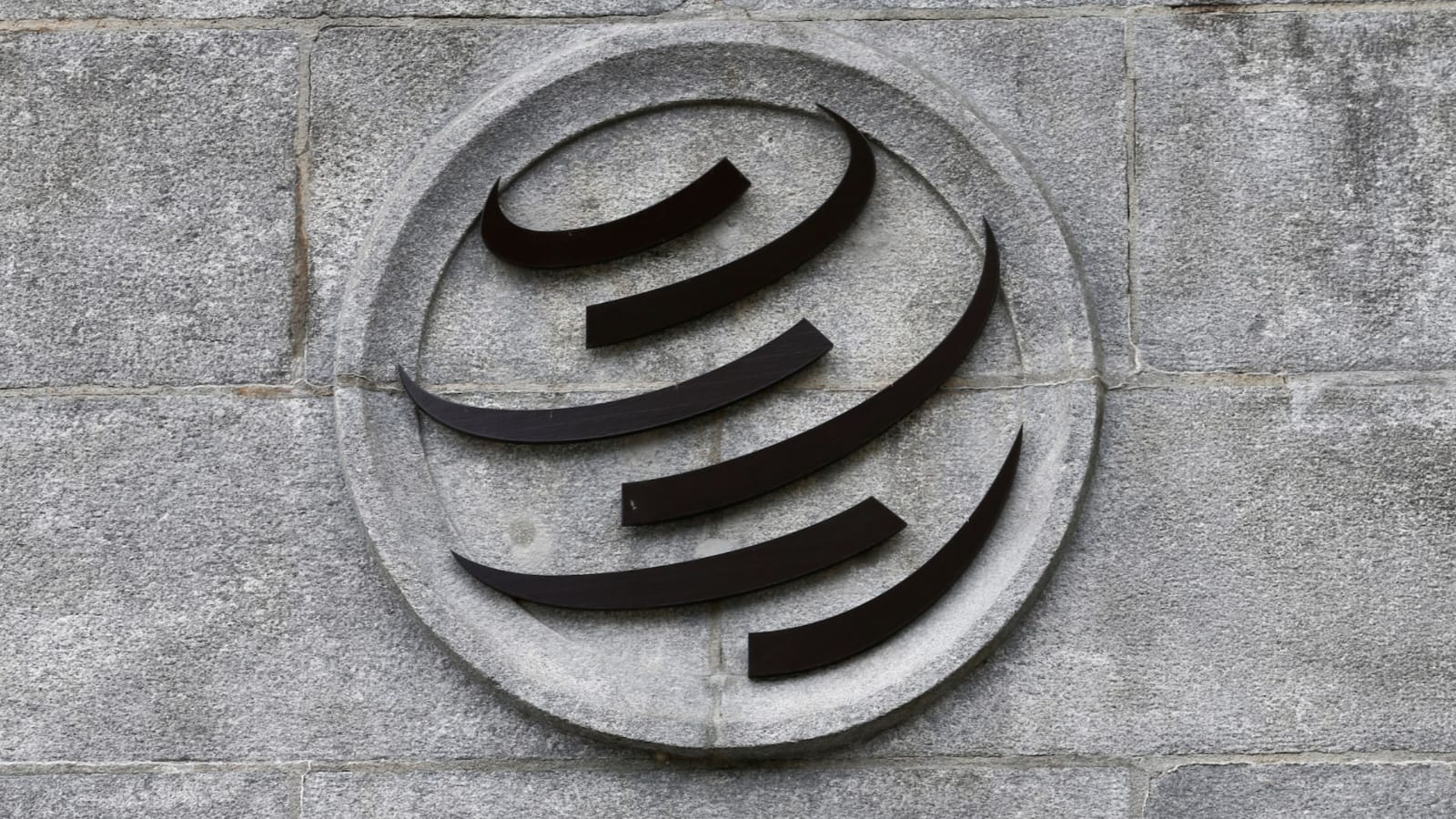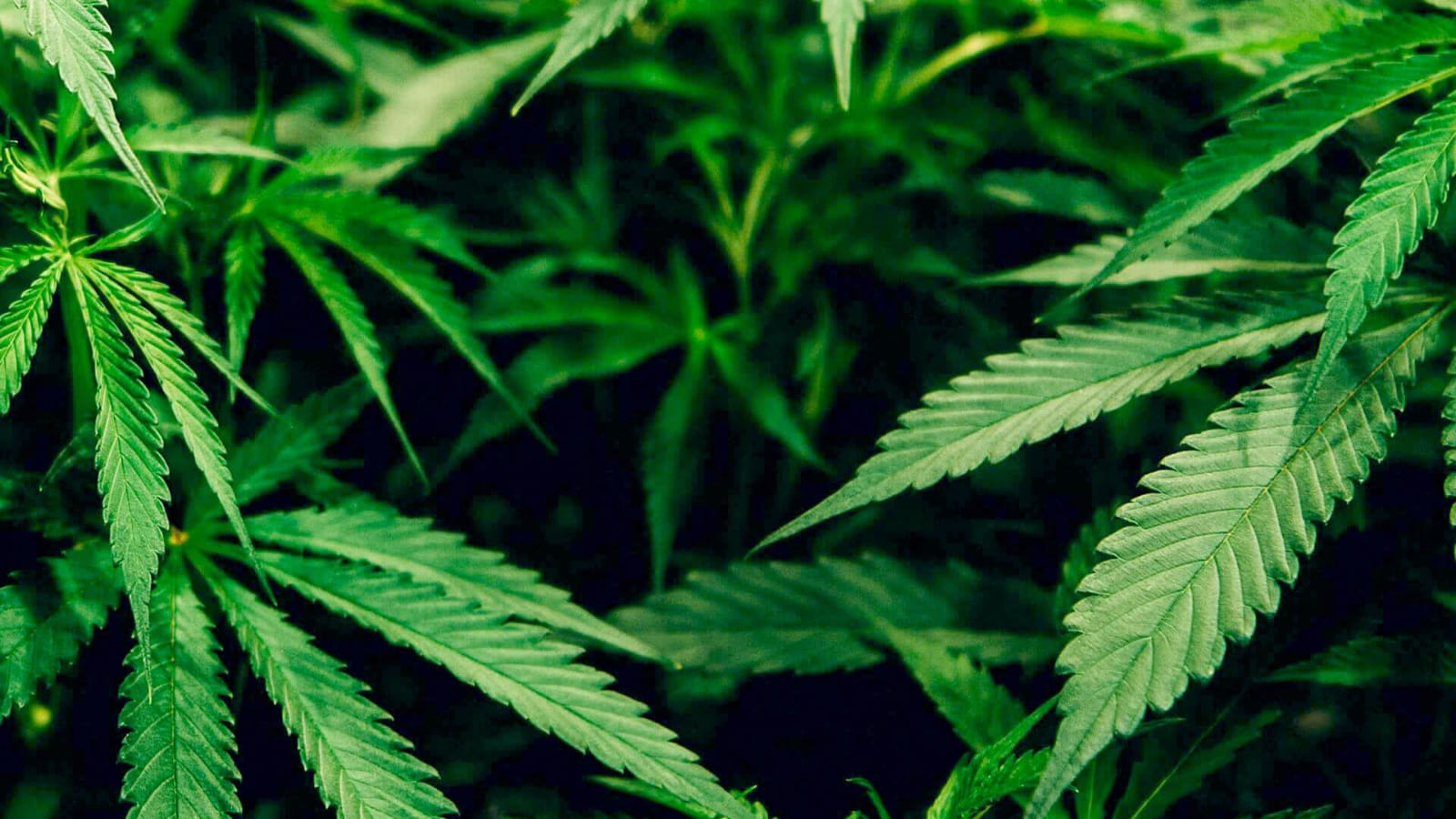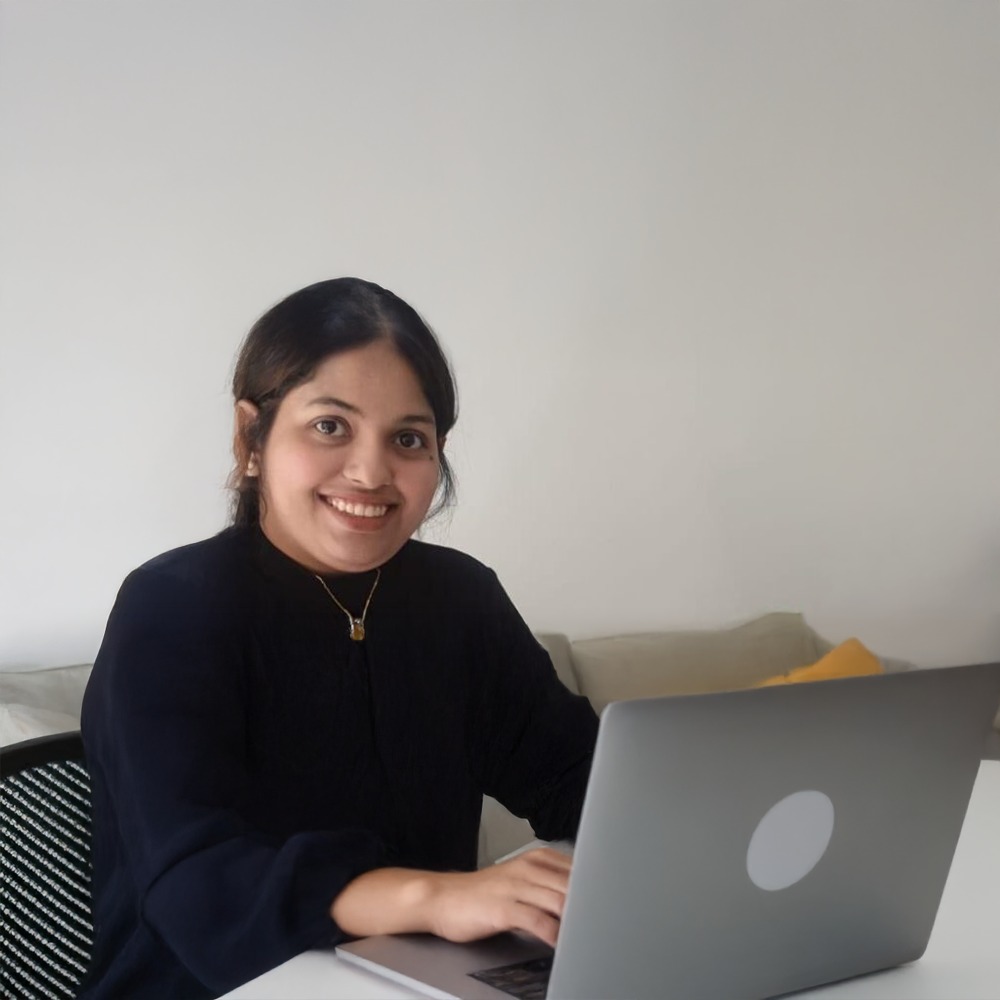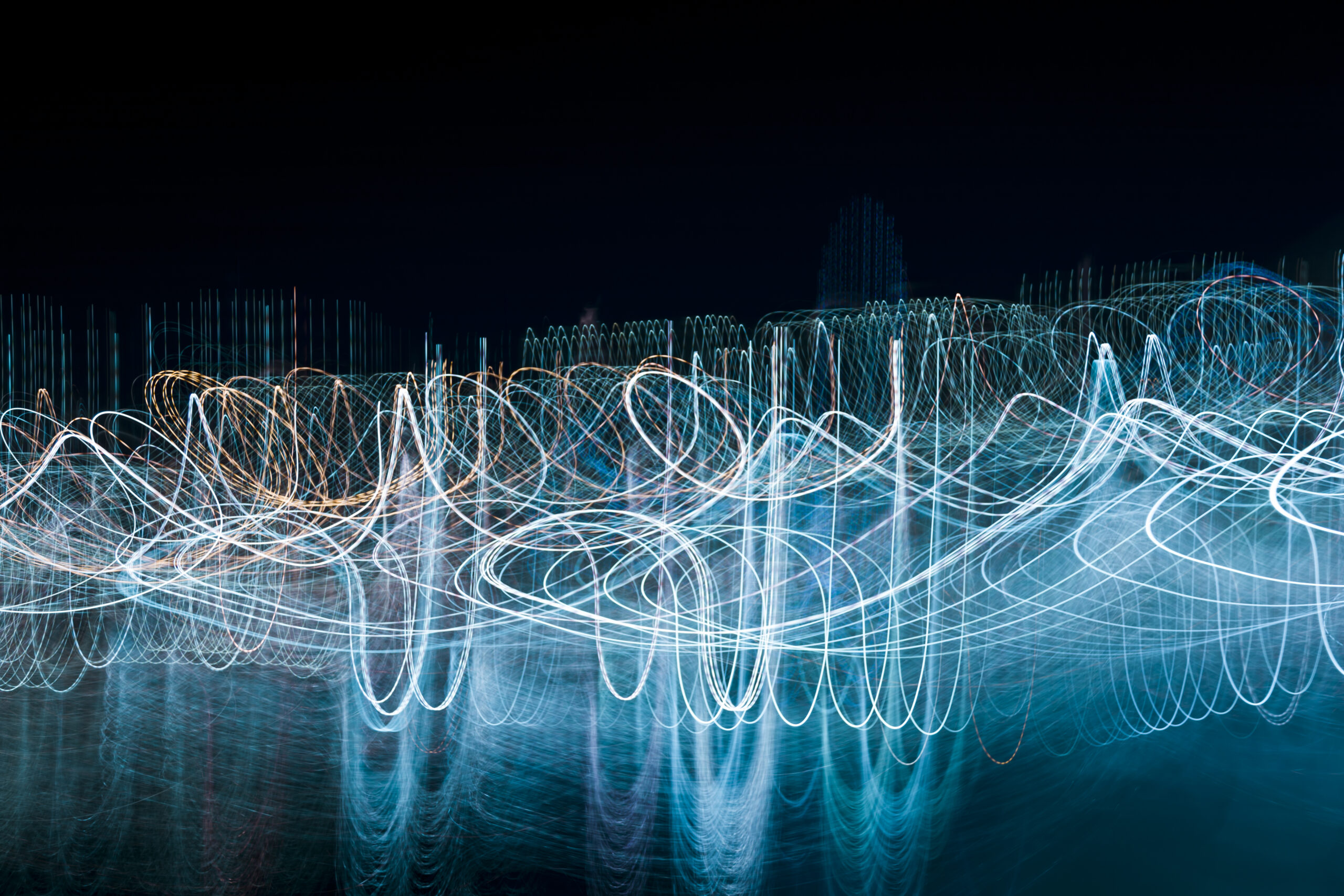AI Meets Ghibli Magic – Users Flood ChatGPT!
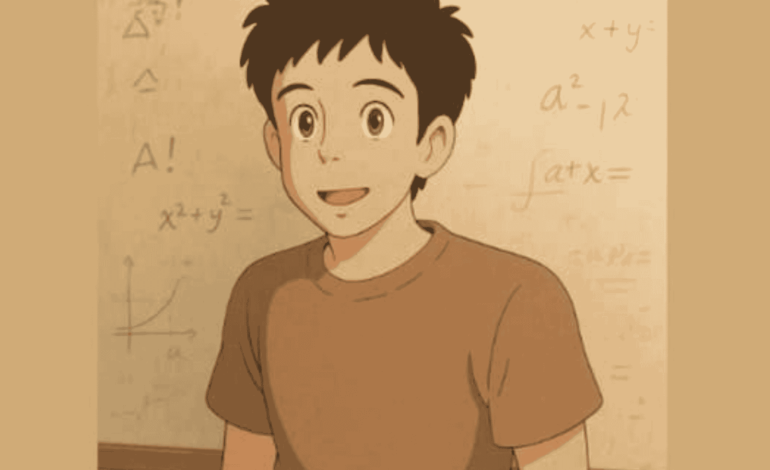
OpenAI’s ChatGPT saw an unprecedented surge in demand following the release of a feature that generates images in the artistic style of Studio Ghibli. The overwhelming response led to server overloads, temporary service disruptions, and global excitement over AI-generated art.
A Revolutionary AI Feature Captures Global Attention
OpenAI’s ChatGPT recently introduced a much-anticipated feature allowing users to generate images inspired by the hand-drawn aesthetic of Studio Ghibli, a legendary Japanese animation studio. The feature instantly became a viral sensation, sparking creativity across social media and leading to a massive increase in user engagement.
Studio Ghibli, co-founded by acclaimed director Hayao Miyazaki, is famous for films like Spirited Away, My Neighbor Totoro, and Princess Mononoke. The studio’s distinctive animation style, known for its intricate details, soft color palettes, and dreamy atmospheres, has captivated audiences worldwide for decades. Now, with AI bringing this aesthetic to the digital art space, the prospect of generating personalized Ghibli-style artwork has thrilled fans and artists alike.
Unprecedented Demand Pushes ChatGPT to Its Limits
As users rushed to explore the new feature, OpenAI’s servers faced an unexpected and intense surge in traffic. This overwhelming demand led to temporary service slowdowns and, in some cases, access issues. Many users reported difficulties in generating images during peak times, as the platform struggled to manage the massive influx of requests.
The situation highlighted both the immense popularity of AI-driven creativity and the challenges of maintaining a scalable infrastructure in the face of viral trends. OpenAI’s engineering team worked continuously to stabilize the service, ensuring that users could eventually access the feature without disruptions.
The Growing Role of AI in Artistic Expression
The success of this feature reinforces a broader trend: AI is becoming an essential tool in digital artistry. Over the past few years, AI-generated content has transformed industries, from writing and music to painting and graphic design. The Ghibli-style image generator is just another step in the evolution of creative AI, offering users the ability to craft visually stunning artwork with minimal effort.
Social media platforms have been flooded with AI-generated Ghibli-style art, with users showcasing their creations and experimenting with different prompts. This trend is further pushing the boundaries of AI-assisted creativity, making advanced artistic styles more accessible to the general public.
Challenges and Future Possibilities
While the excitement surrounding AI-generated art continues to grow, it also raises important questions. How will traditional artists adapt to this rapid technological advancement? Will AI-generated content replace human-made art, or will it become a complementary tool for artists?
Despite concerns, AI remains a powerful ally in artistic endeavors. Many illustrators and designers have embraced AI tools as a means of inspiration, using them to speed up workflows or enhance their existing styles. Rather than replacing human creativity, AI appears to be expanding artistic possibilities, offering new ways to experiment and innovate.
Final Thoughts
The introduction of Ghibli-style image generation in ChatGPT has demonstrated both the immense demand for AI-driven creativity and the technical challenges that come with it. As OpenAI continues refining its platform to handle increased usage, this trend signals a future where AI plays a crucial role in artistic expression.
With advancements in AI-powered image generation, users can expect even more sophisticated and customizable tools that blend human creativity with machine intelligence. Whether it’s generating fantastical landscapes or creating nostalgic animation-inspired scenes, AI is shaping the next chapter of digital art.
The overwhelming success of ChatGPT’s Ghibli-style image generator highlights AI’s transformative impact on digital creativity. While the surge in demand caused temporary technical issues, it also showcased the public’s enthusiasm for AI-assisted artistry. As AI continues evolving, it will further bridge the gap between technology and creativity, offering new possibilities for artists and enthusiasts worldwide.



